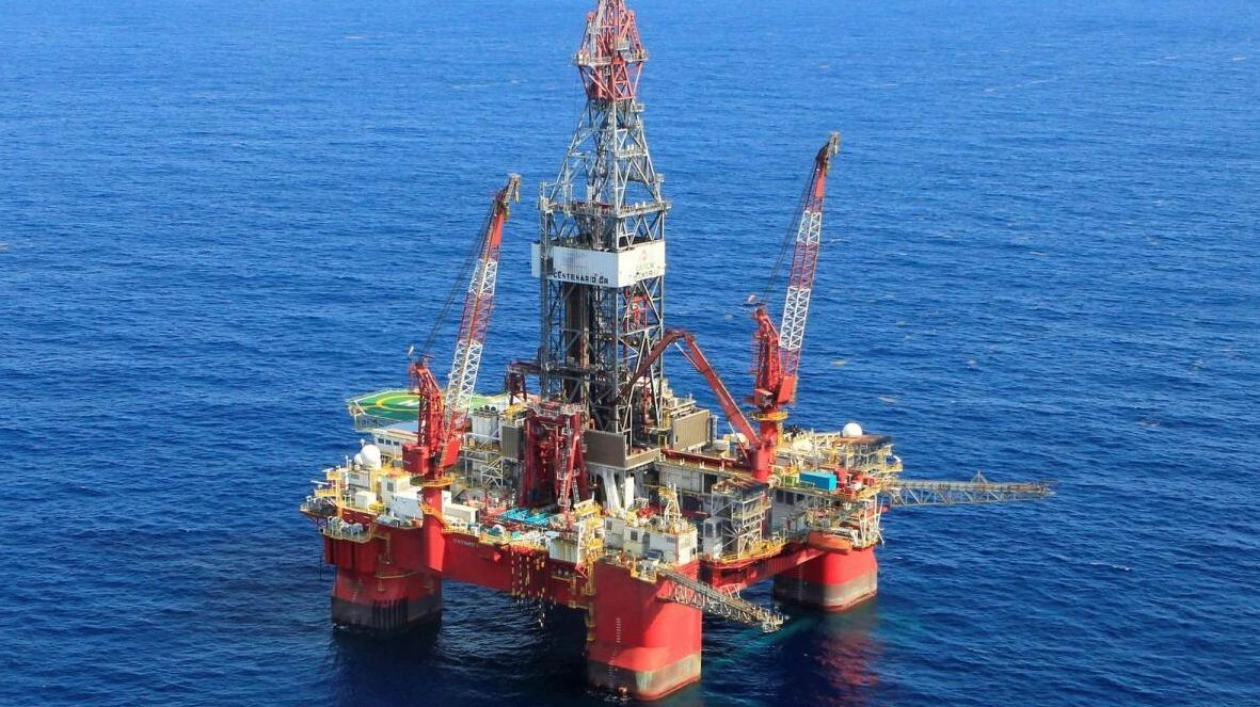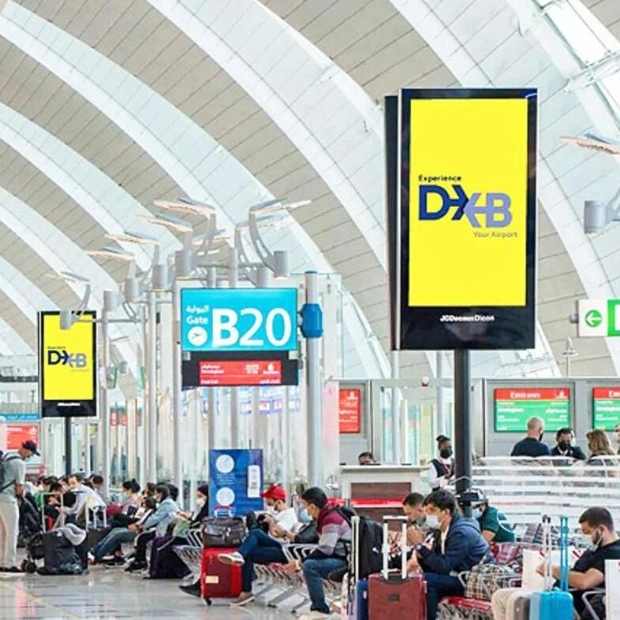Oil prices surged approximately 3% on Thursday as producers evaluated the impact on output in the U.S. Gulf of Mexico following Hurricane Francine's passage through offshore oil production areas before it weakened into a tropical storm. UBS analysts projected that the storm disrupted up to 1.5 million barrels of Gulf of Mexico output, with Francine moving over southern Mississippi early Thursday. U.S. West Texas Intermediate crude futures increased by $1.91, or 2.8%, to $69.22 per barrel by 1:09 p.m. EDT (1709 GMT). Brent crude futures also rose by $1.70, or 2.4%, to $72.31 per barrel.
Both contracts had already gained more than 2% on Wednesday as over 171 offshore platforms were evacuated due to Francine. The disruptions are expected to reduce Gulf of Mexico output this month by around 50,000 barrels per day, according to UBS analysts. However, some analysts warned that Francine's effects might be temporary, as it rapidly lost strength after making landfall in Louisiana on Wednesday evening. This could shift the oil market's focus back to the lack of global demand, noted Alex Hodes, an analyst at StoneX, in a client note.
Oil and fuel export ports from southern to central Texas had resumed operations on Thursday, and refineries were also increasing production. Concerns over weak global oil demand, especially from top importer China, have significantly influenced prices in recent months. Brent crude futures closed near a three-year low on Tuesday after the OPEC+ producer group reduced its annual demand growth forecasts for the second consecutive month. The International Energy Agency on Thursday lowered its 2024 demand growth forecast by over 7% to 900,000 barrels per day, attributing the decrease to weak demand in China and sluggish growth in other regions.
The U.S., the largest oil consumer, is also showing signs of weak demand. Oil stockpiles in the country increased last week as crude imports rose, exports fell, and fuel demand declined, according to data from the Energy Information Administration (EIA) on Wednesday. U.S. gasoline prices are trending toward a three-year low due to weak demand and ample supplies, analysts said. U.S. gasoline consumption accounts for nearly 9% of global oil demand.






